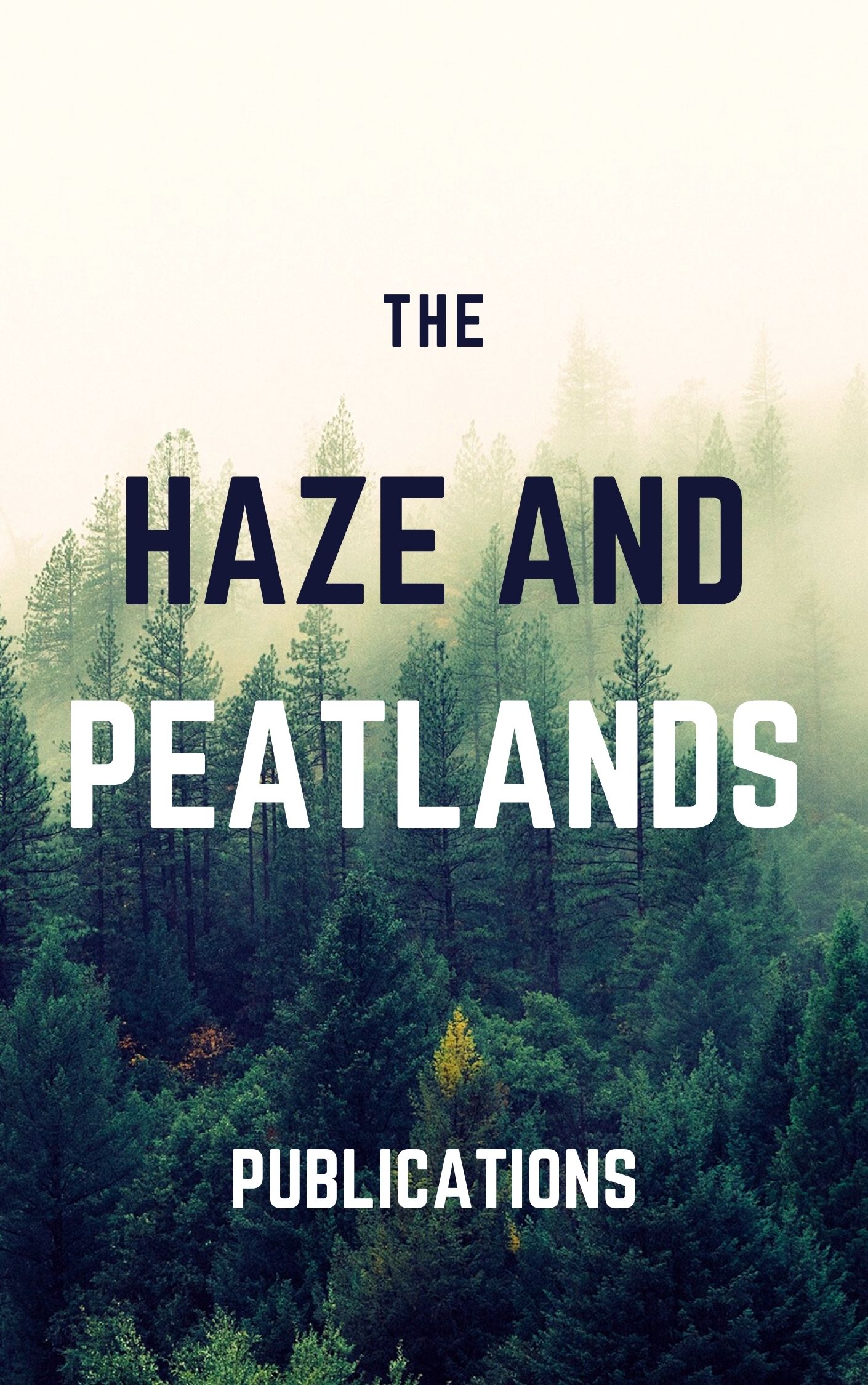Information on temporal and spatial variations in soil greenhouse gas (GHG) fluxes from tropical peat forests is essential to predict the influence of climate change and estimate the effects of land use on global warming and the carbon (C) cycle. To obtain such basic information, soil carbon dioxide (CO2) andmethane (CH4) fluxes, together with soil physicochemical properties and environmental variables, were measured at threemajor forest types in the MaludamNational Park, Sarawak, Malaysia, for eight years, and their relationships were analyzed. Annual soil CO2 fluxes ranged from 860 to 1450 g Cm-2 yr(-1) without overall significant differences between the three forest sites, while soil CH4 fluxes, 1.2-10.8 g C m(-2) yr(-1), differed. Differences in GHG fluxes between dry and rainy seasons were not necessarily significant, corresponding to the extent of seasonal variation in groundwater level (GWL). The lack of significant differences in soil CO2 fluxes between the three sites could be attributed to set-off between the negative and positive effects of the decomposability of soil organic matter as estimated by pyrophosphate solubility index (PSI) and GWL. The impact of El-Nino on annual CO2 flux also varied between the sites. The variation in soil CH4 fluxes from the three sites was enhanced by variations in temperature, GWL, PSI, and soil iron (Fe) content. A positive correlation was observed between the annual CH4 flux and GWL at only one site, and the influence of soil propertieswas more pronounced at the sitewith the lowest GWL and the highest PSI. Variation in annual CH4 fluxes was controlledmore strongly by temperature where GWL was the highest and GWL and plant growth fluctuations were the least. Inter-annual variations in soil CO2 and CH4 fluxes confirmed the importance of long-term monitoring of these at multiple sites supporting different forest types.
View source

